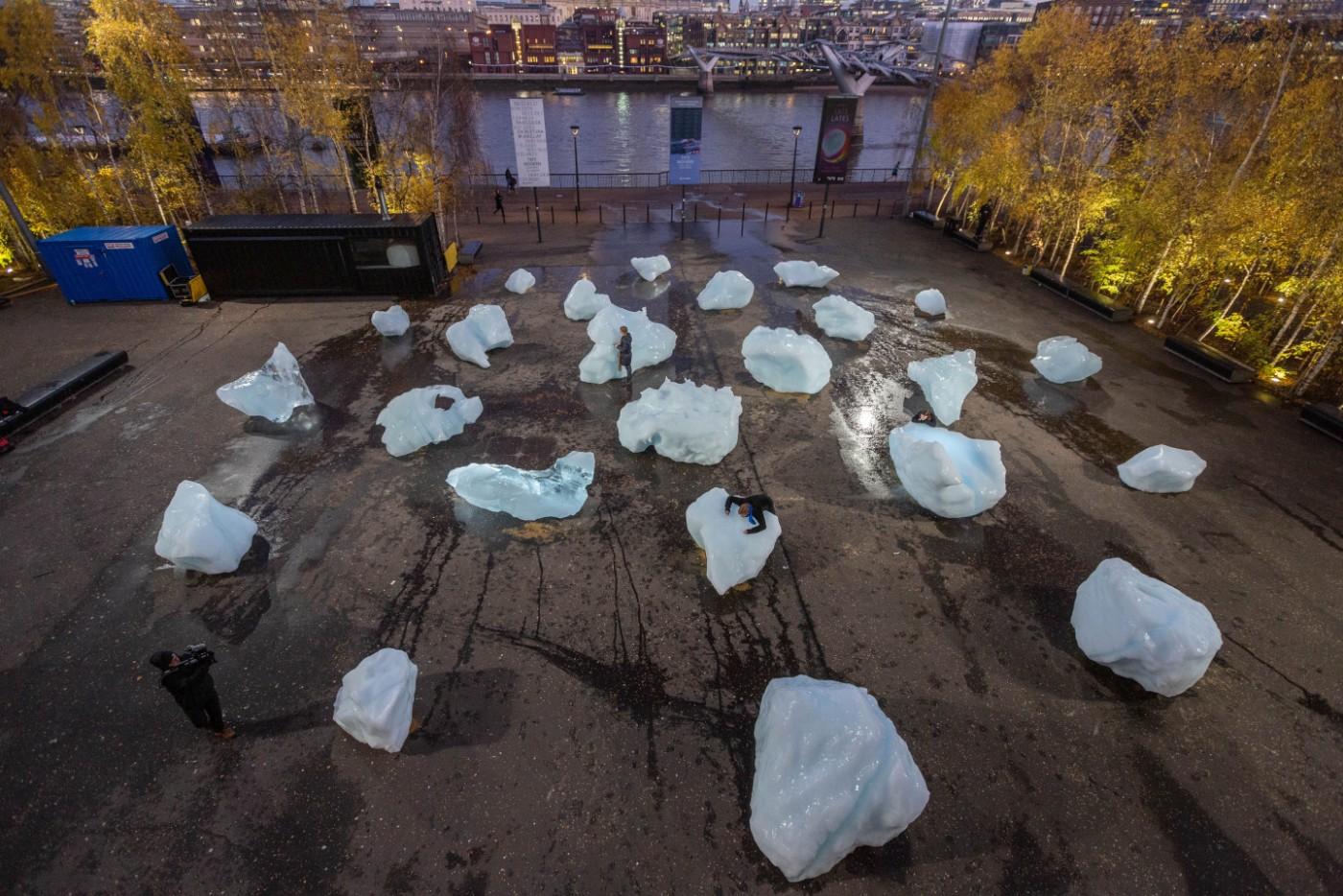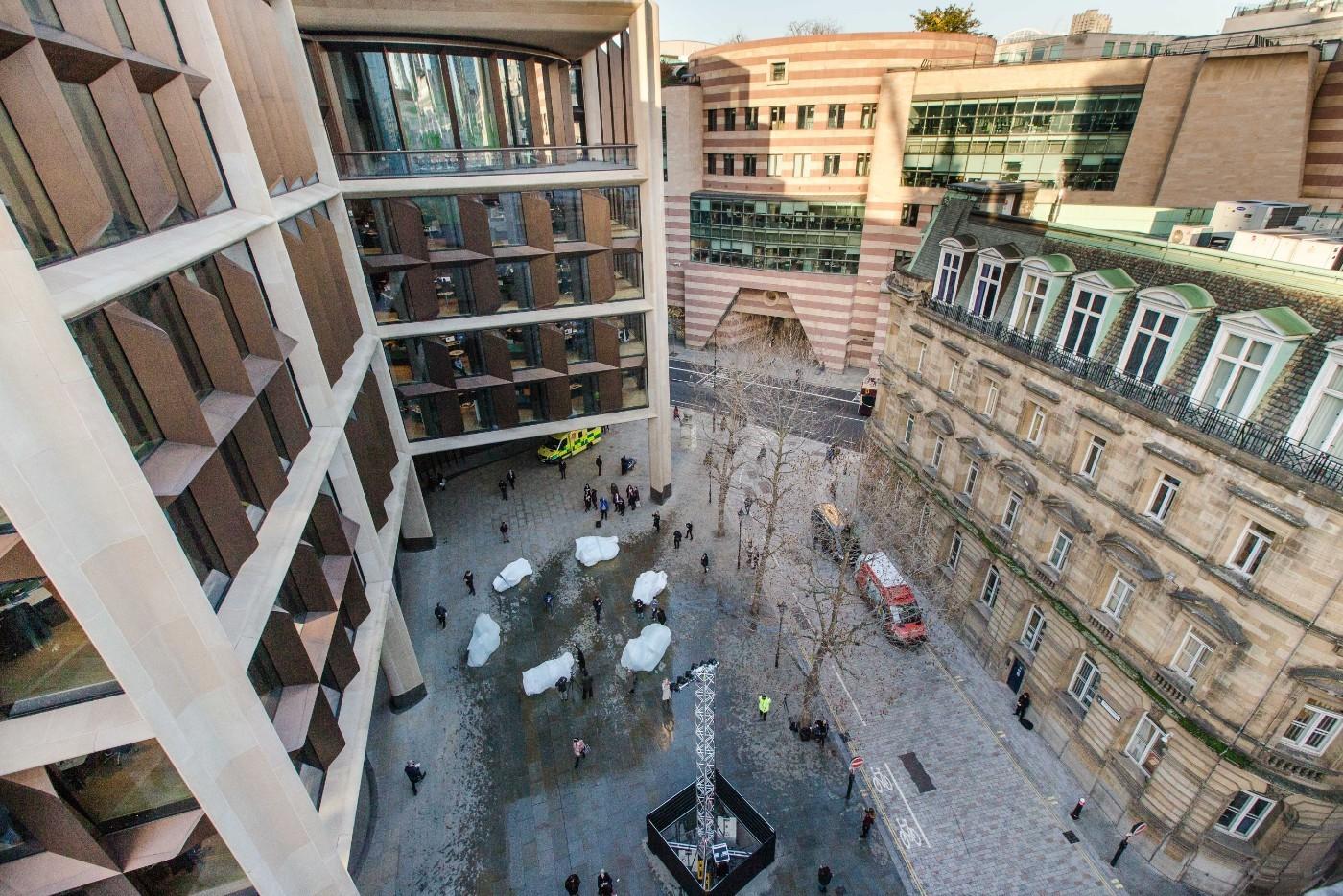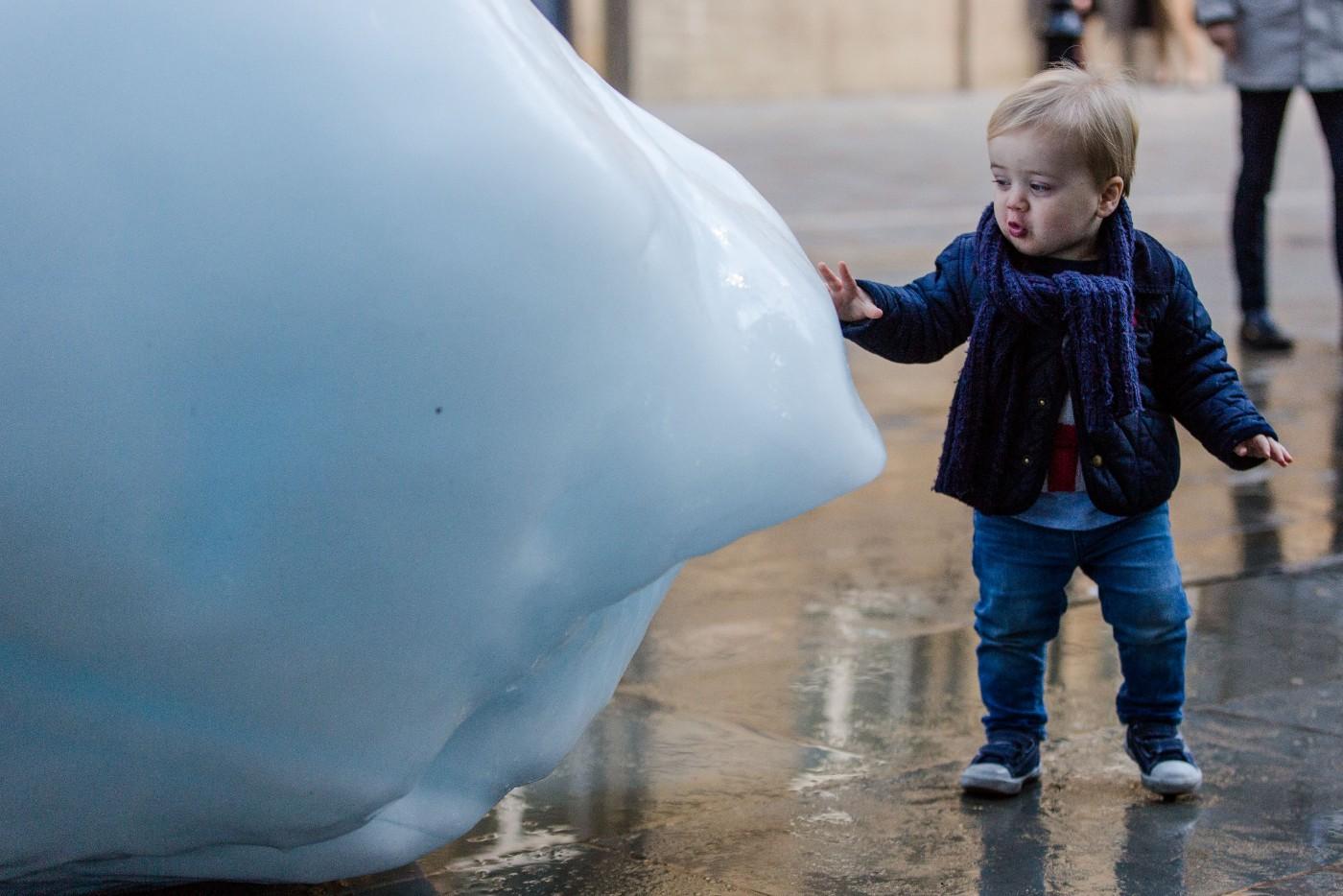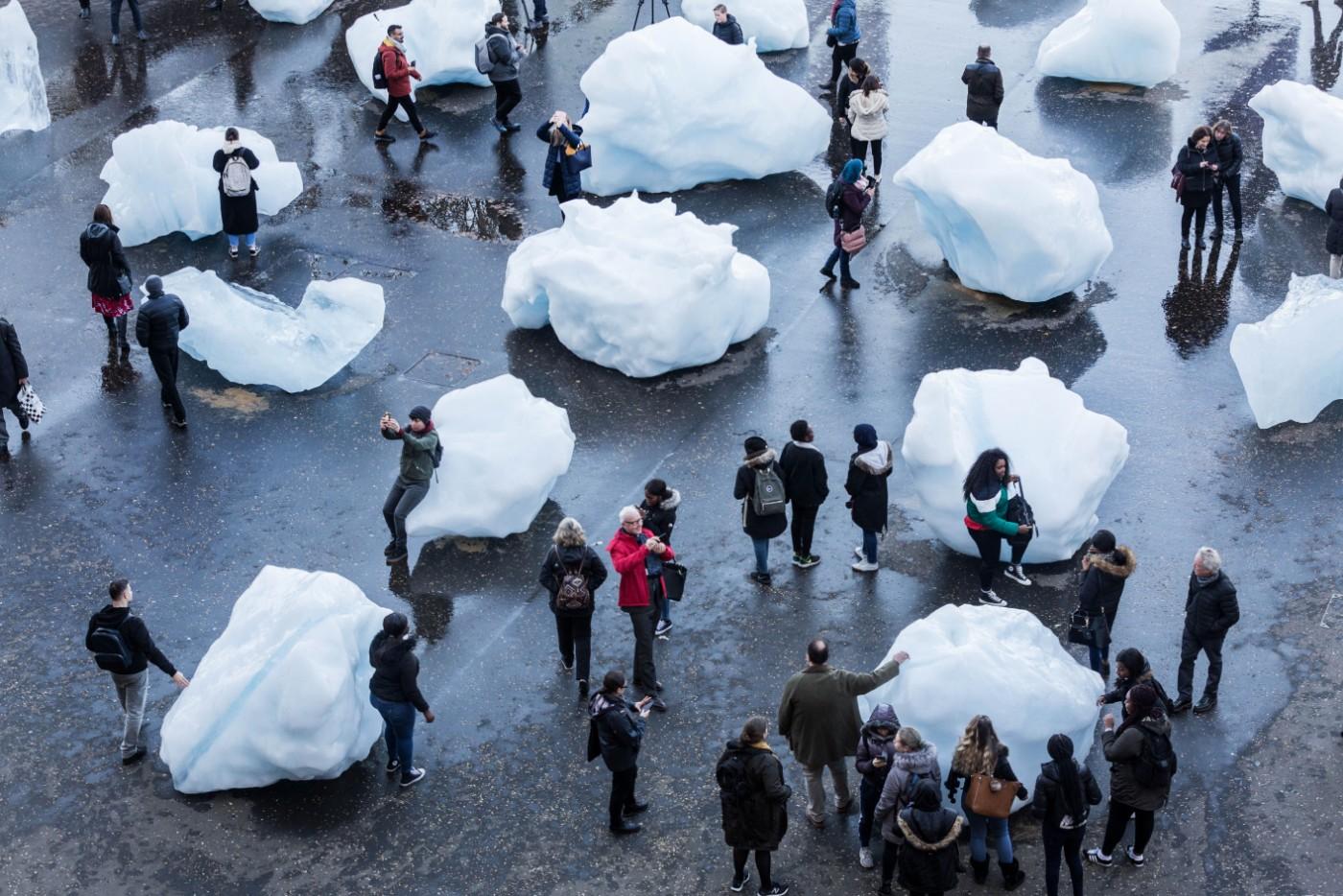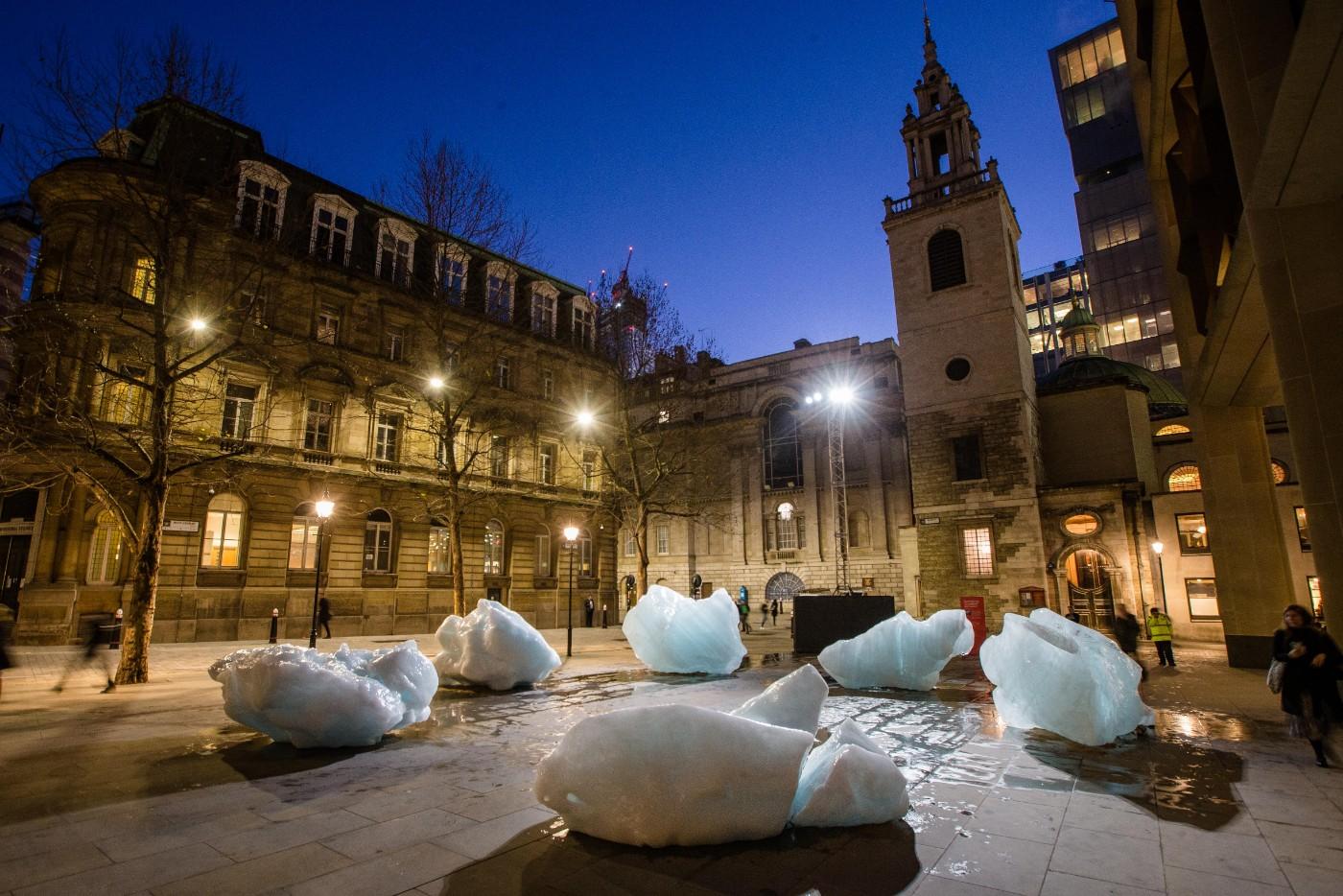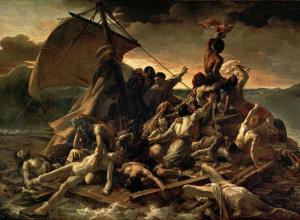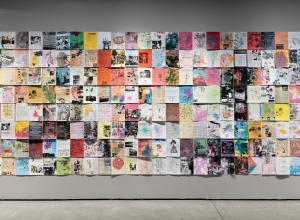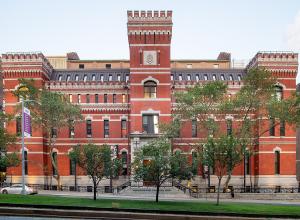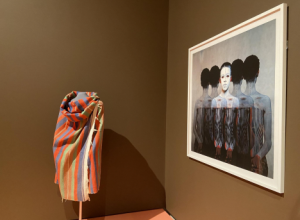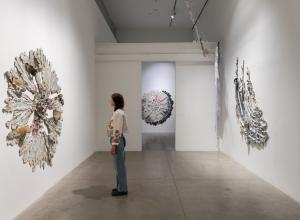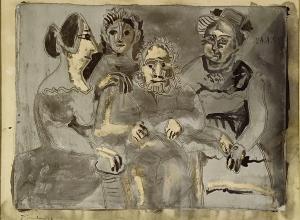Harvested from free-floating icebergs found off of Greenland, the 1.5-6 metric ton chunks were shipped to London, where they are left in the open to eventually melt away. Eliasson hopes to give visitors a way to relate to climate change physically and emotionally: “Put your hand on the ice, listen to it, smell it, look at it–and witness the ecological changes our world is undergoing. Feelings of distance and disconnect hold us back, make us grow numb and passive. I hope that Ice Watch arouses feelings of proximity, presence, and relevance, of narratives that you can identify with and that make us all engage.”
Eliasson considers this project to be a call to action, and hopes that once we relate to climate change in this personal way, we will feel compelled to act.




